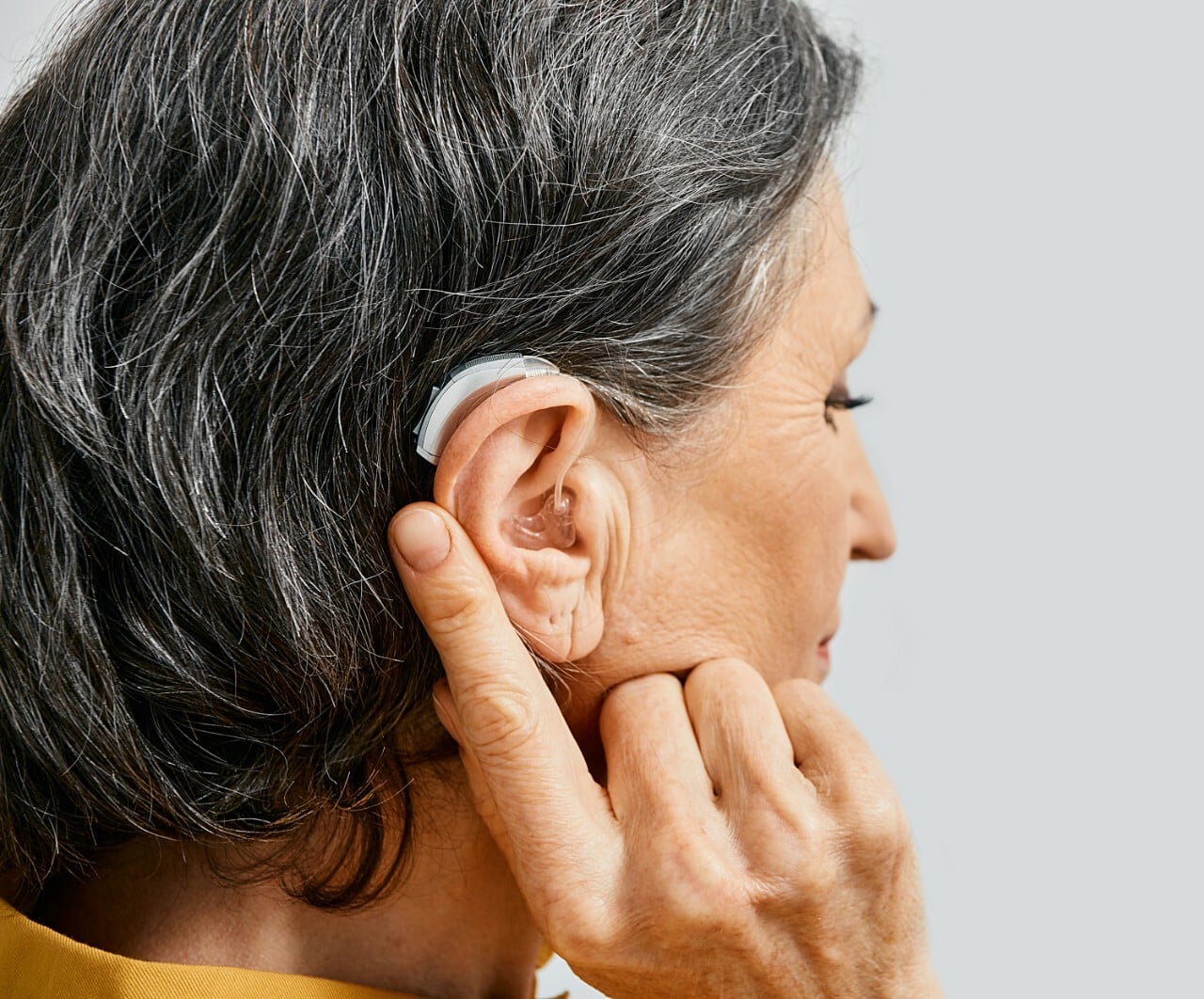That lump-in-the-throat feeling can show up out of nowhere—tight, persistent, and impossible to ignore. It…

Treating a Hoarse Voice 101: The Stroboscopy
For one reason or another, most of us have had a hoarse voice at different points in our lives. While we often associate this condition with the aftermath of fun activities like singing loudly at a concert or overexerting ourselves at a party, what happens when you’re unsure of how or why you have a rough voice?
Having a hoarse voice can be an indicator of serious underlying health issues, and if a rough voice persists for more than two weeks, it’s important to see a medical professional to have it checked out. At Excel ENT, our speech pathologist can help you identify a proper treatment for your vocal issues. One method we use in diagnosis and treatment is the stroboscopy.
Why is My Voice Hoarse and How Can A Stroboscopy Help?
Often, we think a sore throat and a hoarse voice are the same thing, but they each have their own causes and treatments. A sore throat is about pain or irritation in your throat. A hoarse voice is simply about the quality of your voice and the way it sounds, aside from any pain.
A stroboscope is a unique device that uses light flashed at a special cadence to record interior images of your throat. This special cadence of light is important because your vocal cords vibrate at 100-200 times per second or more, making it difficult for a normal camera to record. A stroboscopy is the name for the procedure involving the use of this device.
What is A Stroboscopy?
A stroboscopy is a short, minimally invasive procedure during which a small camera is put in place to take pictures of the inside of the throat. This flexible camera is often called a “spaghetti camera” due to its long, thin shape. It is inserted along the bottom part of your nose to a point where we can see the back of the throat and the vocal cords.
When Do I Need A Stroboscopy?
At Excel ENT, we use a Stroboscopy to give us more accurate, in-depth information about the condition of your vocal cords. The unique cadence of the light settings can help us distinguish between malignancy and nonmalignant lesions, among other potential problems.
A good rule of thumb is that if your voice has been hoarse for more than two weeks, you should have it checked out. Some issues that could be causing the problem include:
- Infection
- Nodules
- Polyps
- Cysts
- Cancer
No matter what issue you’re facing, catching it as soon as possible will allow for more effective treatment and improve or maintain the true health of your voice.
Your Stroboscopy FAQs Answered
We’ve covered some of the basic information about stroboscopies, but now let’s take a look at some of the most commonly asked questions patients have about the procedure.
Is a stroboscopy painful?
No, a stroboscopy done by a caring clinician, like a member of our team here at Excel ENT, will not be painful. The procedure is simple and minimally invasive.
Am I required to fast beforehand?
No, you do not need to fast. We encourage you to eat as normal.
Does a stroboscopy require anesthesia?
No, patients will be fully awake during the procedure.
How long does a stroboscopy take?
This procedure is fairly simple and can be performed in a matter of minutes.
Don’t Let A Hoarse Voice Linger — Discover Relief at Excel ENT
Many people don’t pay attention to a rough voice if there isn’t any pain associated, but this can be a serious mistake. Pain and soreness don’t have anything to do with the underlying risks of hoarseness—it’s about the quality of your voice. Reach out today for expert advice and caring support.
Excel ENT is proud to serve patients throughout the greater Birmingham area, including Hoover, Homewood, Vestavia, and surrounding neighborhoods. Schedule your appointment today to address any ear, nose, or throat problems you or your loved ones are facing.
Looking for Ways to Treat Your Hoarse Voice?
If your voice is hoarse, don’t leave the issue up to chance or suffer and make the situation worse. Book an appointment with Excel ENT today. We’ll help you navigate your symptoms and determine the right treatment plan for your needs. Call us at (205) 988-6858 or contact us online today to get started.


